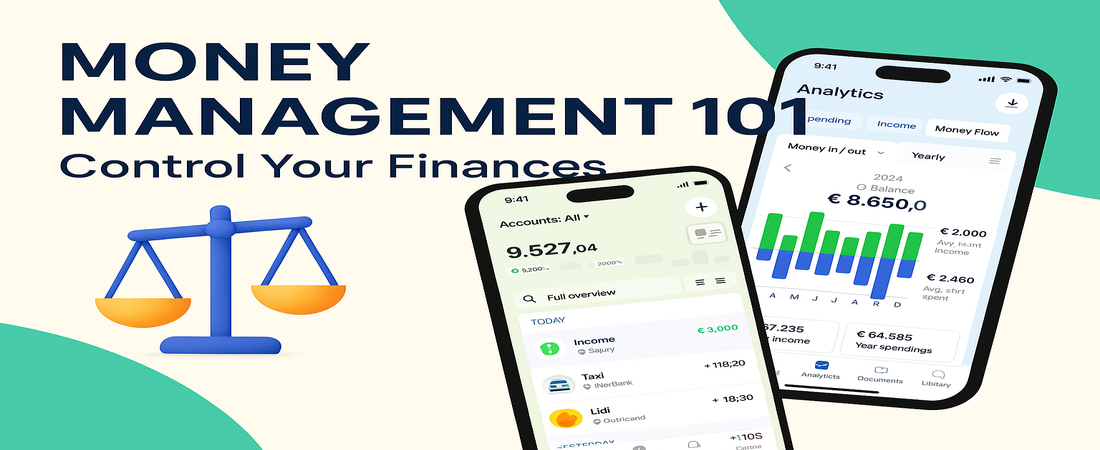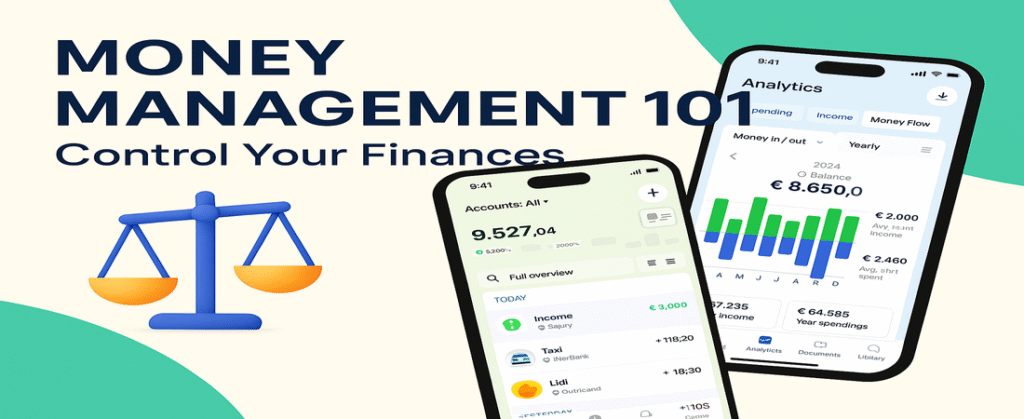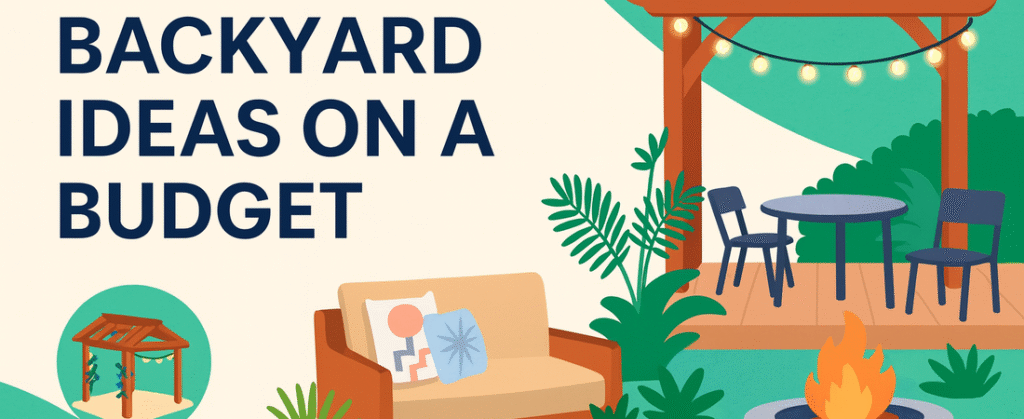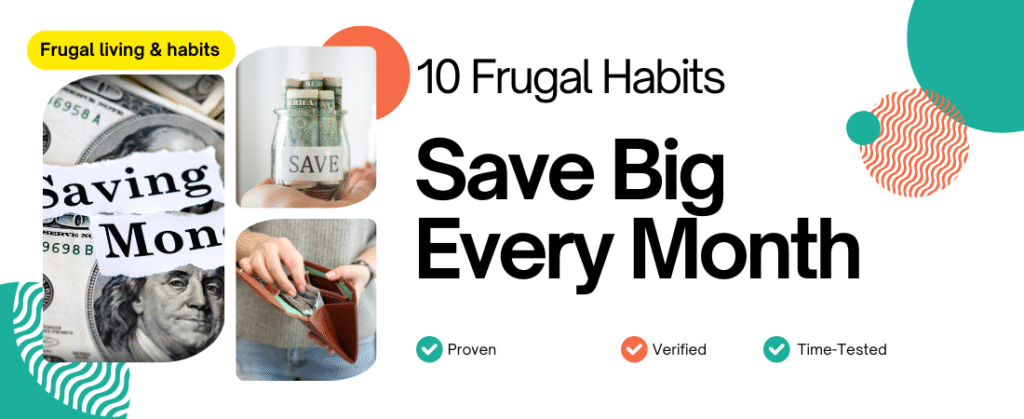Beginner’s Guide to Budgeting & Tracking Your Finances
Introduction
Ever wondered why your paycheck seems to disappear before the month is over? You’re not alone. Many people start out with the best intentions, only to find themselves scrambling to cover bills or dipping into savings.
The truth is, money management isn’t just for accountants or finance geeks — it’s a skill anyone can learn. By tracking your income and expenses, choosing the right budgeting method, and making small adjustments over time, you can take full control of your finances and start working toward your goals.
Let’s break it down step-by-step.
1. Why Tracking Income and Expenses is the First Step
Before you can manage your money, you need to know exactly where it’s going. Think of this as taking an X-ray of your finances.
Understand Your Net Income
Your net income — what you take home after taxes — is the number that matters most for budgeting. If you focus on your gross income, you risk planning with money you never actually see.
Benefits of Tracking
- Spot spending leaks – Those $5 coffees add up.
- Stay on top of bills – No more surprise overdrafts.
- Plan savings – You can’t save what you don’t know you have.
How to Track
- Apps like Mint, YNAB (You Need a Budget), or PocketGuard.
- Spreadsheets such as the free MoneySavingExpert Budget Planner.
- Pen and paper for a low-tech option.
Quick Start: Track every expense for one week — yes, every single one — to see your habits clearly.
2. Choosing the Right Budgeting Method
Once you know your numbers, it’s time to decide how you’ll allocate them. There’s no single “right” way to budget — it’s about finding what works for your lifestyle.
Zero-Based Budgeting
Every dollar is assigned a job — bills, savings, debt repayment, or fun — until nothing is left unassigned.
- Best for: Detail-oriented planners or those trying to get out of debt.
- Pro Tip: Pair with a tracking app for accuracy.
Envelope System
You set a cash (or digital) limit for each spending category. Once the envelope is empty, you stop spending in that category.
- Best for: People who overspend without realizing it.
- Pro Tip: Try digital envelope apps if you prefer card payments.
50/30/20 Rule
Divide income into:
- 50% needs (housing, bills, groceries)
- 30% wants (dining out, entertainment)
- 20% savings/debt repayment
- Best for: Beginners who want flexibility without overcomplication.
💡 Test Drive Tip: Use one method for two months, then review your results to see if it’s working.
Budgeting Method Comparison
| Budgeting Method | How It Works | Best For | Pros | Cons |
|---|---|---|---|---|
| Zero-Based Budgeting | Assign every dollar a job until nothing is left unallocated. | Detail-oriented planners or those working to pay off debt. | High control over spending; great for debt payoff. | Time-intensive; requires tracking every dollar. |
| Envelope System | Allocate a set amount of cash (or digital equivalent) to each spending category. Stop when it’s gone. | People who overspend without realizing it and prefer clear limits. | Visual, tangible spending limits; helps curb overspending. | Less convenient for card users; may require cash handling. |
| 50/30/20 Rule | Divide income into 50% needs, 30% wants, and 20% savings/debt repayment. | Beginners who want flexibility without complex rules. | Simple and easy to implement; adaptable. | May be too broad for those needing detailed control. |
3. Adjusting Your Budget Over Time
Life isn’t static — and your budget shouldn’t be either. Income changes, bills increase, and priorities shift.
When to Adjust
- Monthly: Review categories where you overspent or underspent.
- Quarterly: Assess progress toward goals and reallocate if needed.
- Life Events: New job, moving, marriage, or having a child.
How to Adjust
- Recalculate your income and expenses.
- Revisit your budgeting method if it’s not meeting your needs.
- Increase savings rate when your income grows.
Remember: Adjustments aren’t failures — they’re part of the process.
4. Putting It All Together
Here’s a quick example of how to start:
- Track your expenses for 30 days.
- Choose a budgeting method (start simple — 50/30/20 works for most beginners).
- Implement your plan for three months.
- Review & Adjust based on what’s working and what’s not.
Your Money Management Checklist:
- ✅ Track income and expenses
- ✅ Choose a budgeting method
- ✅ Adjust regularly
- ✅ Stay consistent
Conclusion
Money management is about making your money work for you — not the other way around. Start with small, manageable steps, and remember: progress beats perfection.
Whether you’re saving for a big purchase, paying off debt, or simply want to stop living paycheck to paycheck, the tools and habits you build now will serve you for life.
Next step: Download a free budgeting template (like this one from MoneySavingExpert ) and start tracking today.







